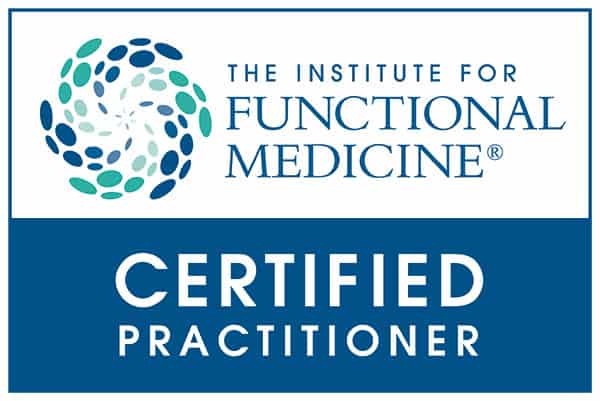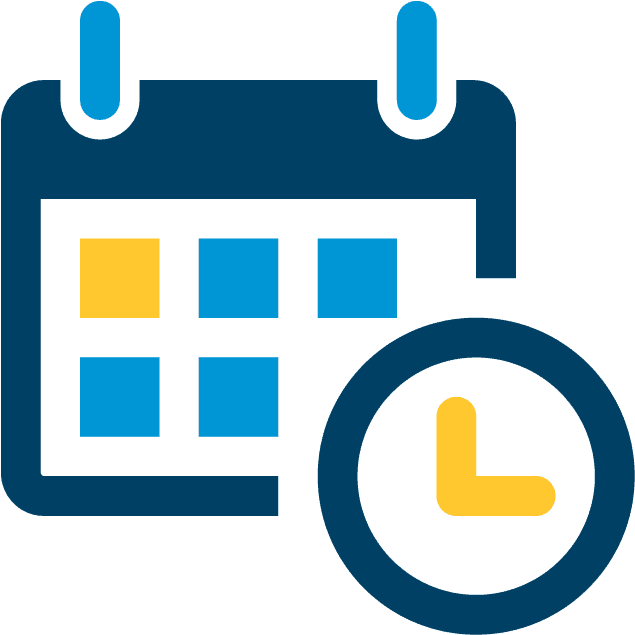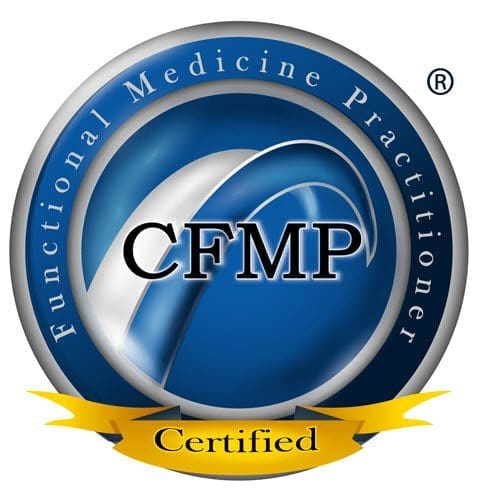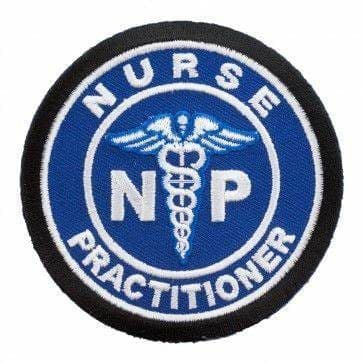
by Dr Alex Jimenez DC, APRN, FNP-BC, CFMP, IFMCP | UTEP (Local) RSS
Related Articles
IRVING, Texas � The UTEP women�s tennis team will begin play at the 2017 Conference USA Championship on Thursday, April 20, as the 14th seed, the league announced Monday. The Miners (4-13, 0-1 C-USA) will face No. 3 seed Marshall (13-9, 1-1 C-USA) at 12 p.m. (CT) at Waranch Tennis Complex in Denton, Texas.
If the Miners win, they will face the winner between No. 6 WKU and No. 11 Florida Atlantic on Friday, April 21 in the quarterfinals. Defending tournament champion Rice and FIU earned a first round bye with the No. 1 and No. 2 seeds, respectively. In the Intercollegiate Tennis Association team rankings, Rice is ranked No. 35 and FIU No. 37 among Division I schools.
All six Miners will make the trip to Denton. Milou Pietersz, Lois Wagenvoort, Raven Bennett, Daphne Visscher, Duda Santos and Maria Paula Medina fielded a full line up last Friday, when the Miners fell 4-3 to NM State. It was the first time since March 4 that the injury-plagued team had a full lineup, helping the squad to the doubles point and two singles wins against the Aggies.
The Miners are led by Pietersz and Wagenvoort, who link up for the No. 1 spot in doubles. The duo recorded their first shutout of the spring season when they blankedNM State�s Vanessa Valdez and Rebecca Keijzerwaard 6-0. In singles play, Pietersz had a comeback victory against Valdez in three sets (0-6, 6-1, 7-5) at the No. 2 spot, while Wagenvoort added to the Miners� score with a 6-3, 4-6, 6-4 victory on court four. Bennett sports a team-best 5-5 singles record in dual match play primarily at the No. 6 position.
The Thundering Herd slipped by Old Dominion 4-3 on March 19, but fell to Rice, 4-1, on April 9 in Houston. The Herd has defeated four Power Five conference teams in Wisconsin, Minnesota, Virginia Tech and Penn State.
Five Marshall players have recorded at least 10 singles wins, led by senior Derya Turhan, who sports a 17-3 record at the No. 1 position. Stephanie Smith, who is 13-5 in singles at the No. 3 spot, pairs up with Daniela Dankanych at no. 3 doubles, earning Marshall�s top doubles record at 11-4.
The first round of the tournament will begin with No. 8 Southern Miss taking on No. 9 UTSA and No. 7 Charlotte facing No. 10 Louisiana Tech, with both matches at 9 a.m. (CT). The winner between Southern Miss and UTSA will face top-seeded Rice in the quarterfinals.
Other first round matchups include tournament host No. 5 North Texas battling No. 12 Middle Tennessee at 12 p.m. (CT) and No. 4 Old Dominion facing No. 13 UAB at 3 p.m. (CT).
The Conference USA Championship match will take place on Sunday at 10 a.m. CT.
2017 Conference USA Women�s Tennis Championship
First Round � Thursday, April 20
Match 1: (8) Southern Miss vs. (9) UTSA � 9 a.m.
Match 2: (7) Charlotte vs. (10) Louisiana Tech � 9 a.m.
Match 3: (5) North Texas vs. (12) Middle Tennessee � 12 p.m.
Match 4: (3) Marshall vs. (14) UTEP � 12 p.m.
Match 5: (4) Old Dominion vs. (13) UAB � 3 p.m.
Match 6: (6) WKU vs. (11) Florida Atlantic � 3 p.m.
Quarterfinals � Friday, April 21
Match 7: Match 1 winner vs. (1) Rice � 10 a.m.
Match 8: Match 2 winner vs. (2) FIU � 10 a.m.
Match 9: Match 3 winner vs. Match 5 winner � 2 p.m.
Match 10: Match 4 winner vs. Match 6 winner � 2 p.m.
Semifinals � Saturday, April 22
Match 11: Match 7 winner vs. Match 9 winner � 12 p.m.
Match 12: Match 8 winner vs. Match 10 winner � 12 p.m.
Championship � Sunday, April 23
Match 13: Match 11 winner vs. Match 12 winner � 10 a.m.
All Times Central
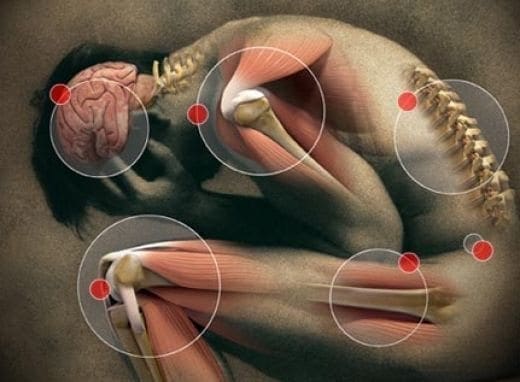
by Dr Alex Jimenez DC, APRN, FNP-BC, CFMP, IFMCP | Chiropractic, Integrative Functional Wellness, Integrative Medicine, Wellness
El Paso TX. Chiropractor Dr. Alex Jimenez takes a look at medication for joint pain and how they can make the pain worse.
Non-steroidal anti-inflammatory drugs (NSAIDs) are as common as candy, a staple of every home medicine cabinet and tossed casually in desk drawers, purses, and briefcases. Many people take these drugs, which include ibuprofen (sold as Motrin and Advil), naproxen (Aleve), and aspirin, at the first sign of a�headache or muscle cramps � and they are a daily ritual for many people living with arthritis.
But few people realize that NSAIDs carry a black-box warning, the strictest warning issued by the Food and Drug Administration. �Most people think that the government or FDA would not allow something dangerous on the market, especially since most of them are over-the-counter and [used] without a prescription,� says integrative medicine expert Sunil Pai, MD, author of An Inflammation Nation. �A black-box warning is the FDA�s attempt to let you know that you can end up in a casket if you are unlucky enough to suffer one of a medication�s serious reactions.�
Not only have NSAIDs been linked to a slew of serious side effects, including ulcers, hearing loss, allergic reactions and miscarriages, but they can actually worsen some of the conditions, such as arthritis, they are supposed to help.
�The scientific literature makes it abundantly clear that NSAIDs�have a significant negative effect on cartilage,� which accelerates the deterioration of arthritic joints, says Pai. �NSAIDs have no beneficial effect on [cartilage] and speed up the very disease for which they are most used and prescribed.�
Even worse, NSAIDs do not address the underlying conditions that cause pain and inflammation, such as a leaky gut, and can even exacerbate them. Stress, infections, alcohol, and a poor diet can all irritate the gut lining and lead to a leaky gut, but so can NSAIDs.
�If you use a full therapeutic dose of NSAIDs for two weeks, there is a 75 percent chance you will develop a leaky gut that doesn�t go away when you stop taking the drug, Leo Galland, MD, tellsExperience Life magazine.
6 Simple Dietary Interventions To Fight &�Heal A Leaky Gut
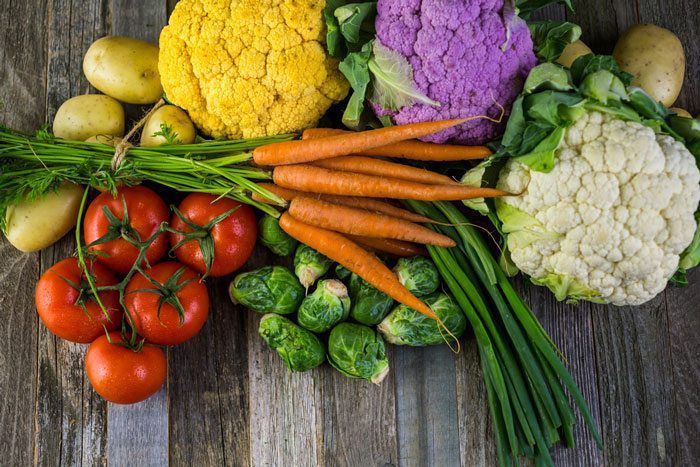
So, how can people with acute or chronic inflammatory conditions fight pain naturally? Some simple dietary interventions go a long way towards fighting inflammation and healing a leaky gut.
1. Try an Elimination Diet
Removing common foods that can irritate the gut, including gluten, sugar, dairy, processed foods and soy, can jumpstart the healing process. Sugar (and refined grains, which turn to sugar in the body), for example, is one of the single biggest drivers of inflammation and its downstream consequences.
When sugar cravings strike, try roasting root vegetables or sweet potatoes. Roasting concentrates the natural sweetness of the plant, but the fiber slows down sugar absorption in the bloodstream.
2. Eat Whole Foods
Michael Pollen�s recommendation � �Eat food. Not too much. Mostly plants.� � Is great advice when it comes to naturally fighting inflammation. Eating a Standard American Diet (SAD) � high in processed foods, unhealthy fats, and sugars � is like pouring kerosene on inflammation�s fire. Eating whole foods, rich in phytonutrients, helps put out that fire.
One fun way to eat more plants? Strive to �eat the rainbow,� or get at least one whole food from all the different colors of the rainbow each day:
- Red (pomegranates, strawberries, tomatoes)
- Orange (sweet potatoes, carrots)
- Yellow (lemon, squash)
- Green (avocado, Brussels sprouts, green tea)
- Blue/purple (berries, olives)
- White/tan/brown (garlic, onion, mushrooms).
Animal protein doesn�t need to be avoided if it�s grass-fed and pastured. Instead, try to reverse the ratio on your dinner plate: Make meat the side dish and vegetables the main course.
3. Supplement with Glutamine
Glutamine helps heal your gut by fueling the cells in your gut lining. You could think of it as a leaky gut superhero. �Glutamine heals the intestinal lining more than any other nutrient,� Liz Lipski, Ph.D., CCN, author of Digestive Wellness, tells Experience Life.
4. Get Your Omega-3s
Omega-3 fatty acids are natural inflammation fighters. Good whole food sources of omega-3s include wild-caught fish, grass-fed meat, pastured eggs, algae, and seeds such as hemp, chia, and flax. A high-quality omega-3 supplement is also worth considering. Even on a largely whole-foods-based, it can be hard to get the recommended daily amount of omega-3s.
5. Drink Bone Broth
Bone broth is one of the best natural sources of collagen, a protein found in abundance in our ligaments, tendons, bones, and skin. The collagen in broth is easily absorbed by our tissues and can not only help promote healthier connective tissue and ease joint pain, but it can also help heal a leaky gut. The best bone broth is homemade�but increasingly high-quality bone broth is available for purchase at cooperatives and health food stores.
6. Consider Botanical First Aid
Many plants are powerful inflammation fighters. Turmeric may be the best known and most studied.�Recent research suggests that the active ingredient in turmeric (called curcumin) has anti-inflammatory, antioxidant, antiviral, antibacterial, antifungal, and anticancer activities on par with commonly prescribed arthritis drugs like Enbrel and Humira.
A lot of other plants and plant compounds show similar activity in the body, including ginger, bromelain (an enzyme found in pineapple), capsaicin (the active ingredient in hot peppers), and ginger. Consult your healthcare practitioner before taking botanical supplements.

Call Today!
Source:
www.drfranklipman.com/problem-nsaids-yes-mean-advil/
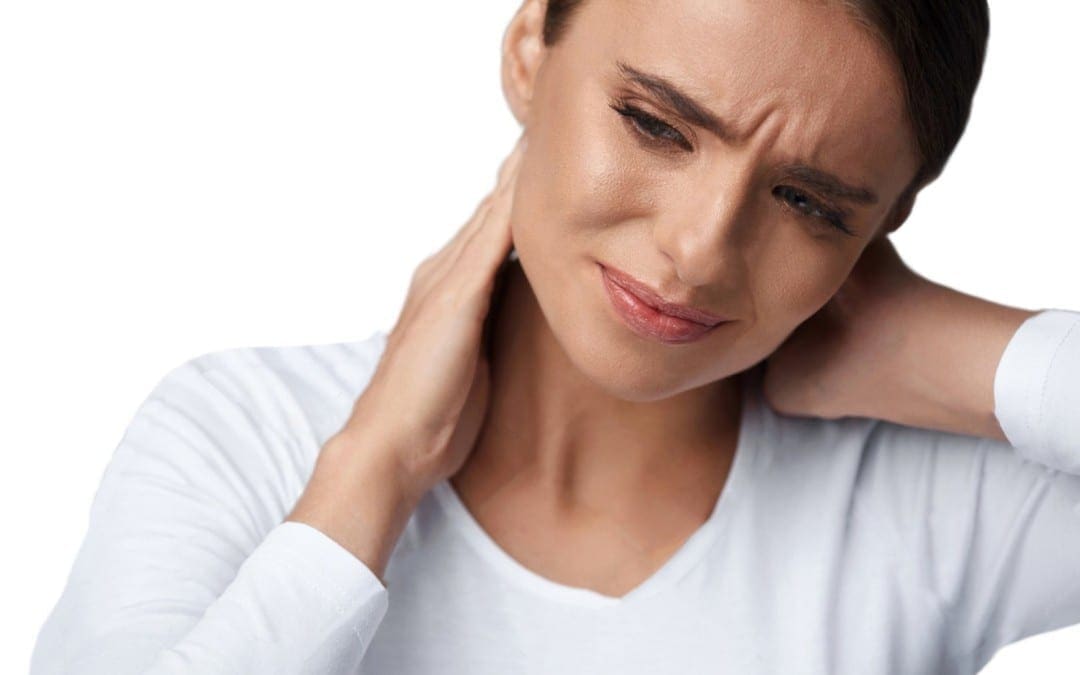
by Dr Alex Jimenez DC, APRN, FNP-BC, CFMP, IFMCP | Chiropractic, Chronic Back Pain, Migraines, Neck Pain
El Paso TX. Chiropractor, Dr. Alex Jimenez discusses ways�to assist you to get the care you’ll need at your next appointment.
Dr. Michael J. Cooney, D.C�I�ve been treating patients with severe and chronic pain from around the corner in Rutherford, New Jersey to as far away as Australia and South Africa.
From our patient�s first reference to the past treatment office visit, the success of any pain treatment we prescribe is contingent upon us (the health care provider) correctly treating the root cause of your pain.
As the patient, just describing your intense pain or neuropathic pain is a high stakes� conversation that is �. I am able to read your medical history, attributing lab results and physician reports, however this really is secondary to understanding each patient�s pain mechanics. It is absolutely vital this is communicated to your pain management provider as correctly as possible.
For those fighting �invisible pain” such as fibromyalgia, CRPS (complex areas pain syndrome), RSD (reflex sympathetic dystrophy), diabetic neuropathy or long-term pain after cancer treatment, correctly communicating the place, frequency and depth of the discomfort can be especially demanding and emotionally taxing.
You might wish to bring this short article for your next doctor visit and go over each of the key pain description points I�ve outlined below.
I really hope your doctor will ask you these questions, but if not, you are able to behave as your own pain promoter and offer this information.
�Tell Me About Your Pain�
Based upon your medical records, we already know the reason behind your pain (injury or ailment). In order to restart your highest quality of life possible, our goal would be to remove or minimize this symptom.
Pain symptoms are private, subjective –and unique. (What Joe describes as �unbearable pain� could be considered �fairly disagreeable pain� to Mike). Through the years, I developed my own �pain diagnostic� conversation with patients to assist my team and I understand what, where, when and just how much pain patients are feeling.
I�ve outlined key points below:
Time Matters
This is key to a proper analysis. Don�t presume we know you�ve combated with this pain to get a month a year or a decade.
1.I�ve had this pain for _________________.
2.How frequently and how long does it last?
3.What ignites (flare) or lessens your pain and for how long?
Location, Location, Location
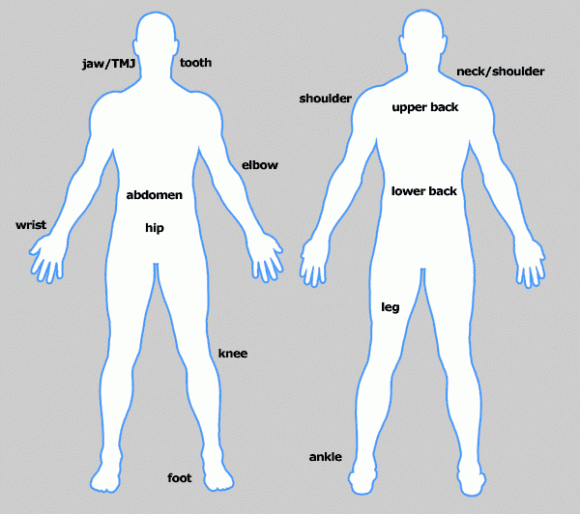
Graphic of a human body with a rear & front view (see above)
Doctors may instruct you to indicate the area/s where your pain is concentrated. They may also request that you notice a difference between pain which is on pain and the surface that’s below the surface.
The front and back of the unisex individual figure are the most identifiable, although this tool comes from the McGill Pain Questionnaire including other measurements.
Most referring physicians, regardless of their medical specialty, utilize 1 to 10 point pain scale that is simple, so�I keep everyone on the same page.
This tool comes from the McGill Pain Questionnaire including other measurements, but the front and back of the unisex person body are the most identifiable.
How Bad Is Your Pain – Measurement Tool

Simply said, take into consideration where your pain level falls the majority of the time�unless you experience extreme pain changes.
No Pain
0 � Painfree
Manageable Pain
1 � Pain is quite mild, barely noticeable. You don’t think about it.
2 � Small pain. Annoying and may have occasional twinges that are stronger.
3 � Pain distracting and is noticeable, you may get used to it and adapt.
Moderate�Pain�Disrupts Regular Day-To-Day Living Tasks
4 � Moderate pain. If you should be deeply in an action, it may be blown off to get a time frame, but is diverting.
5 � Moderately strong pain. It can’t be dismissed for more than a few minutes, but you still can manage to work or participate in some social activities.
6 � Rather strong pain that interferes with normal daily activities. Difficulty focusing.
Severe�Pain�Disabling; Debilitating, Reduces Daily Quality Of Life, Cannot Live Independently
7� Severe pain that dominates your senses and significantly restricts your capability to perform ordinary daily tasks or maintain social relationships. Interferes with sleep.
8� Intense pain. Physical action is seriously limited. Conversing requires great exertion.
9. Not able to converse. Weeping outside or moaning uncontrollably.
10� Unspeakable pain. Perhaps and bedridden delirious. Mobility may be undermined.
�My Pain Feels Like��
Most of the time, patients experience one or two consistent pain �feelings� but some can experience a variety of sensations.
The most common pain kinds are:
- Sharp stabbing pain
- Extreme heat or burning sensation
- Extreme cold
- Throbbing, inflamed tissue
- Susceptibility to contact / touching
- Itching
- Numbness, tingling, pins & needles
Create A Pain Journal

I motivate patients or their family members to document a weeklong pain cycle till they meet with chiropractic, their pain management or alternative medicine team.
Additionally, jot down any treatments or activities�that lessen or increase your discomfort.
As an example, maybe you have discovered that hot showers or cold weather allows you to feel worse, but exercise or Epsom salt baths makes the pain more manageable.
If you come prepared with all this information, your time with all the physician can be spent focusing on next steps and also a treatment plan, rather than a lengthy Q & A review of the information supplied here.
More importantly, addressing these issues beforehand will ensure your physician receives up-to-date, higher quality information.
Consequently, your case could be assessed more quickly and a pain management plan can be placed into action to begin removing or reducing your suffering as rapidly and efficiently as possible.

Call Today!

by Dr Alex Jimenez DC, APRN, FNP-BC, CFMP, IFMCP | Diets, Fitness
One in three Americans is overweight and another third are obese, according to the Centers for Disease Control and Prevention. But while carrying too many extra pounds can increase your risk for heart disease, diabetes, and some cancers, health experts say a little bit of flab may actually be healthy.
But there is a kind of “Goldilocks Effect” — not too much, not too little — when it comes to body fat.
“Researchers have concluded that fat is actually a vital organ that releases hormones and sends special signals to the brain,” notes Dr. Holly Lucille, ND, RN. “Fat is an important macro nutrient and like any other macro nutrient, the quality makes a difference. Having the right kind of fat on your body is both protective and important.”
Jeffrey Friedman, a molecular biologist at Rockefeller University was among the first scientists back in the 1980s to discover that there was more to fat than merely storing calories. In his experiments with mice, he found that fat produces a hormone called leptin which is released into the bloodstream and binds with the areas in our brain that are responsible for appetite.
His lab’s obese mice had a genetic defect in their fat that prevented the manufacture of leptin which gave them the signal to stop eating. Humans with the same genetic defect can eventually eat themselves into obesity and premature death.
So, losing weight becomes a double-edged sword. When we lose fat, we lower our levels levels of leptin, the appetite off switch, and we become hungrier than before.
Leptin also affects our muscles and thyroid hormones so that lower levels of leptin slow down our metabolism. This combined effect drives us to regain weight. It may also explain why extreme dieters who lose vast amounts of weight in short periods of time nearly always gain it all back — and then some, scientists say.
Scientists also know that fat affects the size of our brains. People who are genetically leptin-deficient have smaller brain volume in some areas as do patients who are suffering from eating disorders such as anorexia which leave them malnourished. Leptin is also helpful in healing wounds and strengthens our immune system by activating T-cells.
“What’s important is the quantity and quality of your stored fat,” Lucille tells Newsmax Health. “The ‘good’ type of fat is called subcutaneous and is found directly under our skin in places such as our abdomen thighs, buttocks, and arms.”
Subcutaneous fat is easy to grab with your hand and tends to shift as the body changes position.
The so-called “bad” type of fat is visceral fat which is stored under the stomach wall, nestled against our internal organs. This type of fat can become inflamed and lead to diabetes and heart disease. It tends to be firmer and dense.
But experts warn that excess body fat of either kind is unlikely to be health-promoting. It’s important to keep fat levels at their optimal levels which can vary according to age and sex.
In general, women with more than 30 percent body fat are considered to be overweight and for men, the threshold is more than 25 percent.
Dr. Cate Shanahan, author of “Deep Nutrition: Why Your Genes Need Traditional Food,” tells Newsmax Health that women, especially need a body composition of at least 10-12 percent fat in order to produce enough estrogen to cycle regularly and to maintain normal libido.
And as we age, a little more fat can enhance our looks.
“As we age we lose that facial body fat and our hormones simultaneously fall,’ she says. “Body fat helps support normal estrogen levels and therefore contributes to normal bone density — a critical factor in healthy aging after the age of 65.
“But that minimum percentage must be subcutaneous fat. When the visceral fat reaches more than 2 percent of our body composition it can lead to poor insulin sensitivity and potentially the beginnings of diabetes.”
The good news is that the “good” fat can fight the “bad” fat. By making a substance called adiponectin, subcutaneous fat helps take circulating fats out of your veins and into the subcutaneous tissues where they belong.
This hormone also reduces visceral fat. Exercise helps release adiponectin which is why sumo wrestlers can be both fat and fit. They exercise seven hours daily which keeps their visceral fat under control.
Experts say we should embrace the new science of fat, and Shanahan quotes an old French proverb that praises fat more poetically: “After a certain age a woman must choose between guarding her figure at the price of a hollow face.”
“I think the take away message of the new research is that we must keep a healthy level of fat to reduce our risk of disease while maintaining optimal body function,” notes Shanahan. “But don’t rationalize and run with the theory that eating bad fats are good for your health. You still need to choose your fats wisely and keep them within healthy levels.”

by Dr Alex Jimenez DC, APRN, FNP-BC, CFMP, IFMCP | Anti Aging
If you think that you can improve your brain by playing brain-training games, save your time and money, say researchers from Florida State University.
“Our findings and previous studies confirm there’s very little evidence these types of games can improve your life in a meaningful way,” said Wally Boot, an expert on age-related cognitive decline and an associate professor of psychology at FSU.
A growing number of people believe that brain training protects them against memory loss associated with aging. “Brain challenges like crossword games are a popular approach, especially among baby boomers, as a way to try to protect cognition,” said Neil Charness, professor of psychology and a leading authority on aging and cognition.
The belief is fueling the brain-training industry, which has become a billion-dollar business. Games are available online and through mobile apps for about $15 a month. But the Federal Trade Commission is looking at companies’ brain-boosting claims, and fined one for false advertising.
“More companies are beginning to be fined for these types of inflated claims and that’s a good thing,” Boot said. “These exaggerated claims are not consistent with the conclusions of our latest study.”
For their study, the FSU team focused on whether brain games could improve the “working memory” needed for a variety of tasks. They set up one group of people to play a specially designed brain-training video game called “Mind Frontiers,” while another group of players performed crossword games or number puzzles.
Researchers tested whether the games enhanced players’ working memory and therefore improved other mental capabilities, such as reasoning, memory and processing speed.
That’s the theory behind many brain games: If you improve overall working memory, which is fundamental to so much of what we do every day, then you can enhance performance in many areas of your life. “The thing that seniors in particular should be concerned about is, if I can get very good at crossword puzzles, is that going to help me remember where my keys are?” said Charness.
The team examined whether improving working memory transfer would translate to better performance on other tasks, something the researchers called “far transfer.”
“The answer is probably no,” says Charness.
What does work to improve aging brains? Exercise, he says, and predicts that “exer-gaming,” which combines exercise with� brain games, will increase in popularity.
“If your real goal is to improve cognitive function and brain games are not helping, then maybe you are better off getting aerobic exercise rather than sitting in front of the computer playing these games,” he said.
One activity that might fit into the area of exer-gaming is dance. A study at the Albert Einstein College of Medicine found that dance was the� most effective way to reduce the risk of dementia.
Seniors who took part in brain-stimulating activities such as reading, writing, and doing puzzles, lowered their risk of dementia by as much as 47 percent. �Ballroom dancing, which combines thinking � remembering how to perform dance patterns � reduced the risk of developing dementia by an astonishing 67 percent.
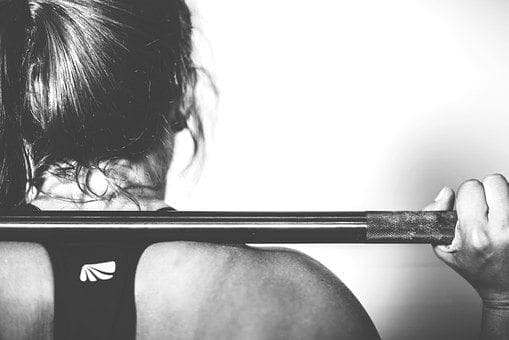
by Dr Alex Jimenez DC, APRN, FNP-BC, CFMP, IFMCP | 915 Crossfit WOD Rss, Crossfit (Local)
As mentioned in this cycle we will be working on pull strength, setting up for a better Memorial Day Murph, and extra supplemental strength work to do on your own after or before WOD. You can find this video here.
By the way, �Murph� is a workout that we do every Memorial Day. It is a classic CrossFit workout that just about every CrossFitter has done at one point or another. It is done in memory of Navy Lieutenant Michael Murphy, 29, of Patchogue, N.Y., who was killed in Afghanistan June 28th, 2005. (Yes, the same guy the Lone Survivor Movie featured)
����
Today we will be attacking a version of Murph. However, the sets of gymnastic work will be mandated to bigger sets than most people use, building some muscle endurance.
WOD
�70% Murph�
1100m Run
70 Pullups
140 Pushups
210 Squats
1100m Run
Middle MUST be done in 10 sets of
7 Pullups
14 Pushups
21 Squats
COACH NOTE: Dont be afraid of this workout. It may look intimidating at first glance but if needed, like always, you can scale the length of the run and/or each movemen. That�s what your coaches are for. All skill levels can definitely accomplish today�s workout.
� Coach Marc
Supplemental Strength Work
1) Kettblebell RDLs- 3�15 @ Heaviest
2) Wide Grip Lat Pulldowns- 3�8-10@ heaviest
3) Seated Row- 3�8-10@ heaviest

by Dr Alex Jimenez DC, APRN, FNP-BC, CFMP, IFMCP | UTEP (Local) RSS
Los Angeles – The UTEP track and field team had a strong performance with seven different athletes recording a new personal best on Saturday at the Jim Bush Collegiate Invitational.
Lucia Mokrasova clocked a personal-best 14.09 in the 100m hurdles to earn a fourth-place showing. Lilian Koech in her second race of the outdoor season competed in the 800m run claiming a second place showing with a personal best of 2:05.86 and the fifth-fastest time in school history. Linda Koech notch a personal-best of 4:26.47 in the 1,500m run.
Sophomore Tobi Amusan clocked the 10th fastest time in program history and recorded a season-best 23.48 in the 200m dash. Israel Ramsay leaped to a second-place showing in the high jump with a season-best 1.70m (5-06.75). Samantha Hall tossed 54.62m (179-02.25) in the discus to earn second overall.
On the men’s side, Alejandro Alcazar notched a personal-best 50.22 in the 400m for 12th place overall. Yinka Oyebanjo-Odofin garnered fourth place in the 400m hurdles for a personal-best of 56.06. In the 1,500m Michael Saruni clocked a personal-best 3:47.73 to earn gold, while Evans Kiprono ran his personal-best 3:59.45 for 10th place overall.
In his first race of the outdoor season, freshman Michael Saruni won the 800m with a time of 1:57.19 and teammate Jonah Koech followed for a second-place finish stopping the clock at 1:49.99.
Sohpmore Karol Koncos garnered a fourth-place showing in the hammer throw with a toss of 61.24m (200-11). Donivan Ortega also earned fourth place in the triple jump with a leap of 14.00m (45-11) for a season-best. Senior James Bias clocked 10.70 for a third-place finish in the 100m dash.
The Miners will return to action April 22 for their second home meet of the season. For more updates be sure to follow @UTEPTrack on Twitter.














